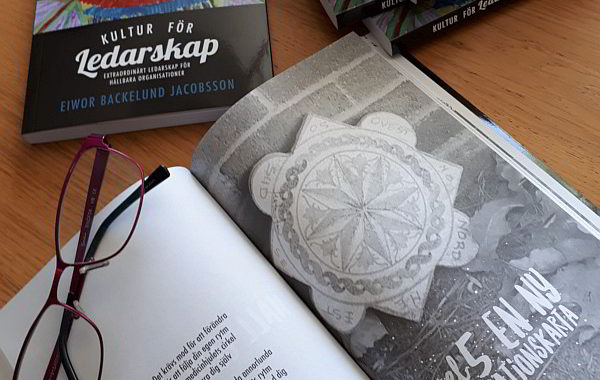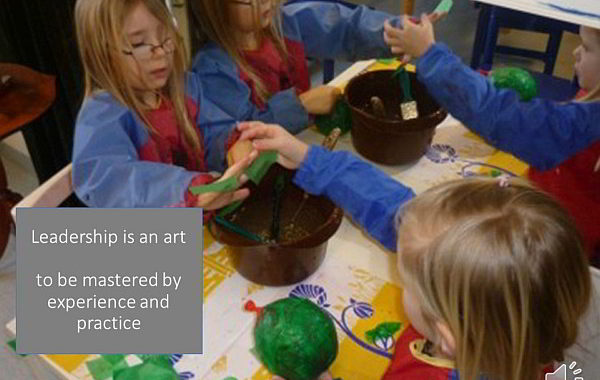Some say holistic is something that comes from New Age, some kind of spiritual fluff that does not belong together with leadership. This is not correct. Others say that holistic is a modern trend that organizations who want to be in the forefront better adjust to. This is not correct either. Holistic is now a scientific way of studying complex systems that is very different from the analytic or reductionistic tradition that earlier was more of the norm.
What does holistic mean?
The word holistic comes from the Greek word holos meaning all, whole, entire. Holism is the idea that a unity of parts will become more than the sum of its parts. When the parts are close together in a system such as an organization, the whole impacts the parts so their functions could be altered. The whole and the parts reciprocally influence and determine each other so they merge their individual characters. The whole is in the parts and the parts are in the whole. For example, look at what happens when two people fall in love with each other. They immediately start to adjust to each other´s behaviors. In other places we could call this family culture or team spirit.
When using a holistic approach, a complex system such as an organization should be viewed as a coherent whole where the parts are best understood in relation to one another and to the whole.
Holistic Leadership
Using the holistic leadership approach contains viewing leadership as an integral component of the organizational system, a component that is best understood in relation to the other parts in the organization and to the whole of the organization. In this way leadership becomes a function that impacts the whole organization and is impacted by the whole organization.
When Genuine Contact Professionals talk about Holistic Leadership, we often mention that we look at leadership as an action that could be executed by anyone in the organization. This action when carried out by many people, will have a tremendous impact on how well the organization will handle change. Will it dive or thrive? The organization itself will also have a big impact on the leadership action. Is this action supported or blocked by the organization´s structure and culture? Will the organization be able to benefit by viewing leadership as an integral component that carries it forward or will it still look at leadership as something that is taken on by a few people who tries to assemble the jigsaw?
Holistic leadership is a component that will function in relation to all other components and to the whole organization. Creating a culture of leadership that allows for holistic leadership to be practiced throughout the organization means starting from the whole and then tending to the interstices in the organization. The interstices are that which connects the components, sometimes called the glue, the culture or the spirit of the organization. Let´s call it the organizational culture. Since the culture is what connects many of the other components, the impact of that culture on the other parts is important. Do we want it to align or support the parts for a common purpose? Do we want it to enhance or divert leadership in everyone?
These are questions that will need some conscious thinking. Senior leaders will need to decide what implementing a holistic leadership approach will mean for themselves and for the organization. Maybe it is already present so how could it be supported and grow and what will that mean. One of the most important questions of all might be – how will I as a senior leader be leading in a way so that others could lead and what impact will that have on me?
Read more!
Are you interested in learning more about the background and impact of holistic leadership and what it might require of you as an appointed leader? A starting point could be to read one of the books about the Genuine Contact Program and Holistic Leadership written by Birgitt Williams, the founder of the Genuine Contact Program and Eiwor Backelund Jacobsson, one of the first trainers who have followed Birgitt through the years. You can find them here: Culture of Leadership and Nourishing a Culture of Leadership



